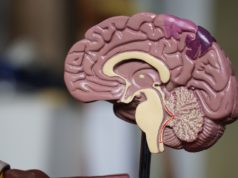NeuroVive Pharmaceutical AB has announced positive US Food and Drug Administration (FDA) feedback on its NeuroSTAT clinical development plan for the treatment of moderate to severe traumatic brain injury at a pre-investigational new drug meeting. The main feedback requested was on the design of the planned NeuroSTAT Phase II proof of concept traumatic brain injury study.
The US FDA formal advice feedback supports the novel design proposed for the planned Phase II study. The design includes, as an important endpoint, advanced imaging assessments of the protective effect of NeuroSTAT on brain cells. Furthermore, a subpopulation of the patient population will be selected with similar types of brain injury which will simplify the evaluation of efficacy in the study. The next step in the regulatory process, ahead of the start of the study, is the submission and approval of an investigational new drug application that will enable clinical studies with NeuroSTAT in the USA.
“The positive input from the US FDA is welcomed and greatly helps us in the preparation of our important clinical efficacy study with NeuroSTAT in traumatic brain injury patients. The selected, and now supported, endpoint, together with the relatively homogenous subpopulation of the planned study is innovative and gives us a good opportunity to show an effect in the planned study. This will give us the possibility to progress the NeuroSTAT clinical program further towards our goal of delivering a medicine that improves the outcome of patients following traumatic brain injury,” commented Magnus Hansson, chief medical officer and VP of Preclinical and Clinical Development at NeuroVive.
NeuroSTAT has earlier received orphan drug designation from both the US FDA and the European Medicinal Agency. NeuroVive has also partnered with TRACK- traumatic brain injury, a network of leading traumatic brain injury researchers in the USA with the mission to improve clinical trials in traumatic brain injury.













